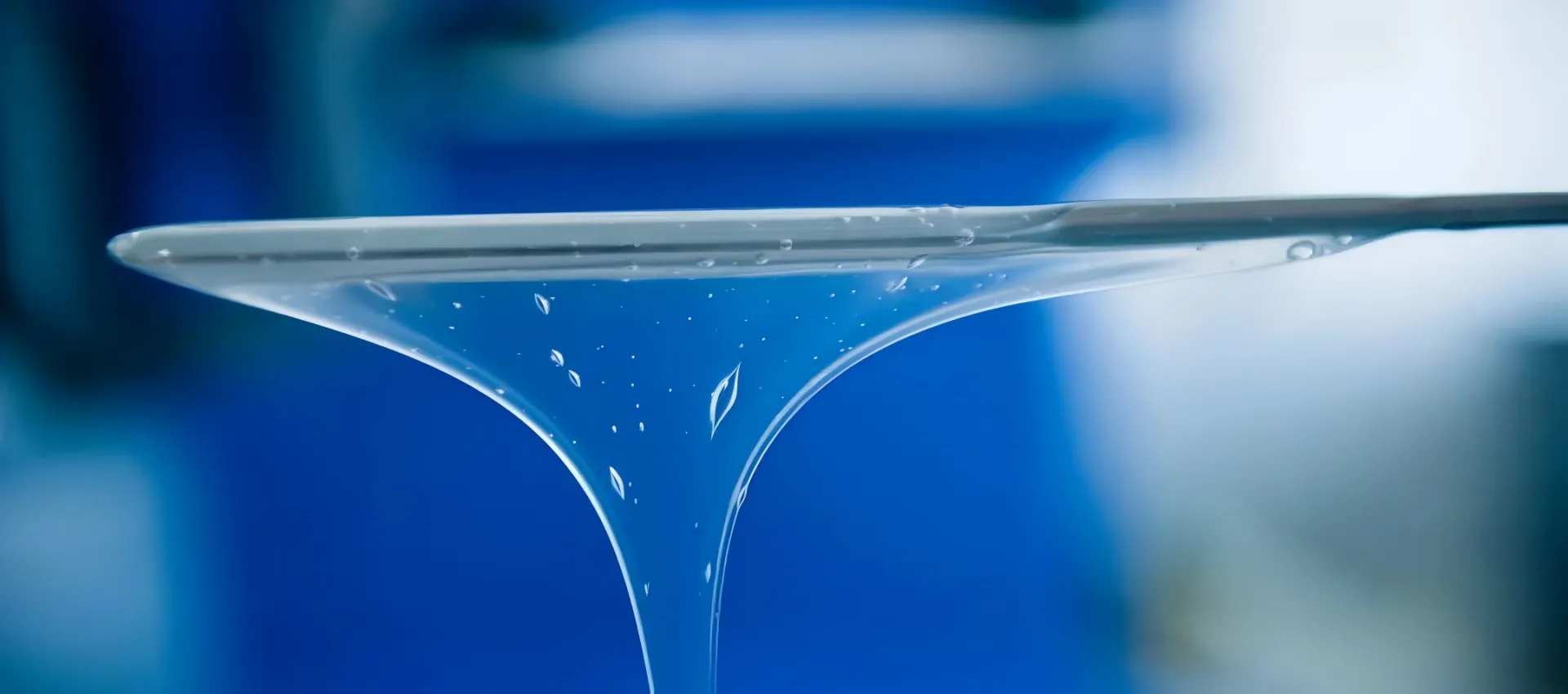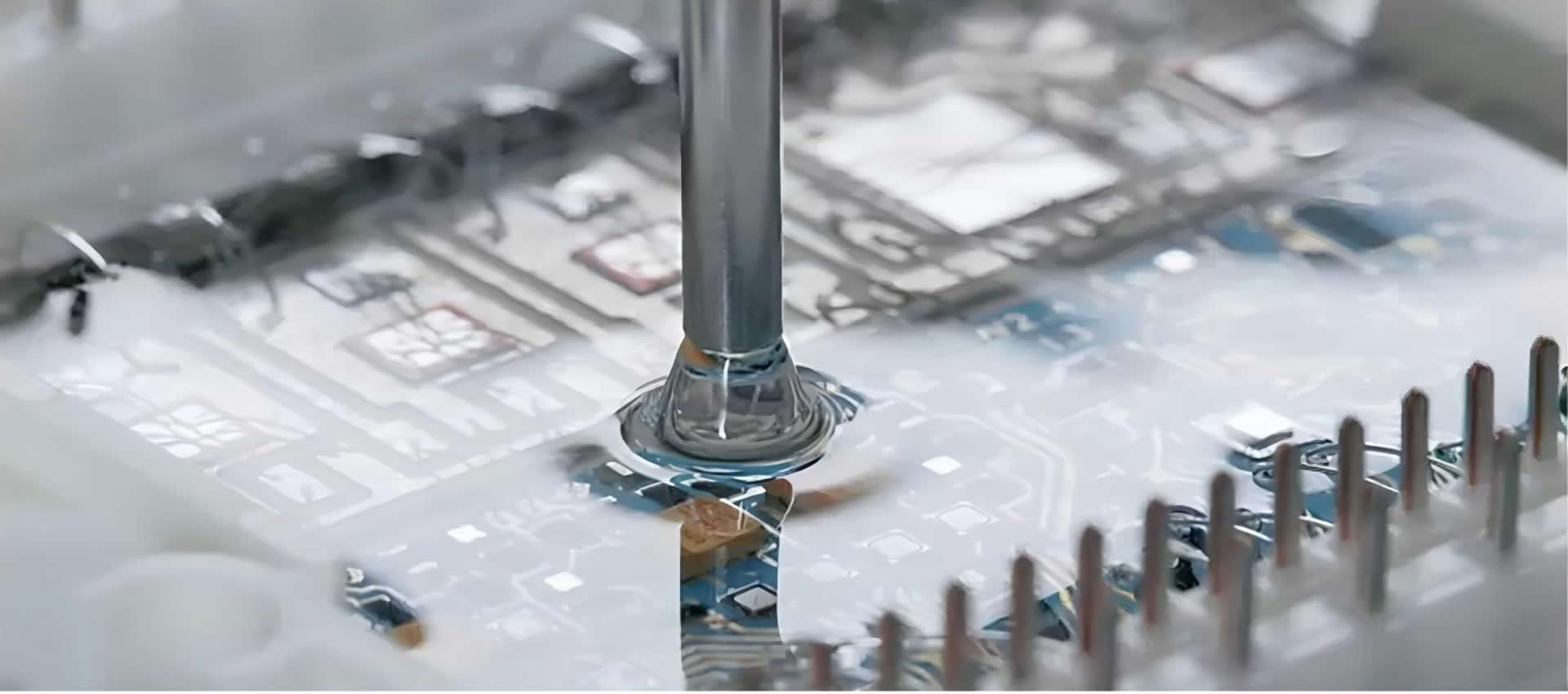
Vinyl Terminated Silicone Fluid factory

Vinyl Terminated Silicone Fluid
Everything you need to know about our products and company
Vinyl Terminated Silicone Fluid (VT-SF) is a specialized polymer valued across industries for its thermal stability, chemical resistance, and reactive vinyl groups that enable cross-linking in silicone elastomers and adhesives. However, proper disposal of this material requires careful consideration to minimize environmental impact and ensure regulatory compliance. This guide provides essential information for businesses seeking responsible disposal solutions for VT-SF, with particular attention to industry standards and environmentally conscious practices.
Vinyl Terminated Silicone Fluid (CAS 68083-19-2) is an organosilicone compound featuring reactive vinyl groups (-CH=CH₂) at both ends of the polymer chain. This unique structure provides exceptional flexibility, thermal stability (withstanding temperatures from -60°C to +300°C), and chemical inertness . These properties make it invaluable in applications ranging from liquid silicone rubber and electronic potting compounds to sealants, adhesives, and specialized coatings .
The environmental persistence of silicone materials necessitates responsible disposal practices. While silicone isn’t classified as hazardous waste, it doesn’t biodegrade readily and can persist in the environment for extended periods . This durability, so beneficial in applications, becomes a concern at end-of-life, making proper disposal essential for any responsible Vinyl Terminated Silicone Fluid factory or user.
Proper disposal of VT-SF is governed by various international standards and regulations that businesses must adhere to:
Leading manufacturers like Biyuan design their VT-SF formulations with compliance in mind, providing detailed safety data sheets that include disposal recommendations meeting these global standards .
Unlike conventional plastics, silicone cannot be processed through standard recycling streams due to contamination risks . However, specialized recycling options exist:
High-temperature incineration is a viable disposal method for VT-SF, particularly for contaminated materials. This process should be conducted in licensed facilities equipped with proper emissions controls, as burning silicone can release harmful gases if not properly managed . Modern incineration plants can often capture energy from this process, adding a recovery component to disposal.
When recycling isn’t feasible, landfill disposal becomes the final option. While silicone won’t leach hazardous chemicals, it persists in the environment indefinitely . Before choosing landfill disposal, consult local regulations and consider these factors:
Accidental spills require immediate containment to prevent environmental contamination. The spill response should include:
Businesses using significant quantities of VT-SF should establish relationships with licensed waste management providers. These specialists understand the complex regulatory landscape and can ensure compliant disposal, particularly important for a Vinyl Terminated Silicone Fluid factory with regular production waste streams.
The most effective disposal strategy is waste reduction. Companies can:
Biyuan addresses these challenges through their commitment to sustainable manufacturing practices, including closed-loop production systems that minimize waste generation .
As a leader in silicone technology, Biyuan integrates environmental considerations throughout their product lifecycle. Their VT-SF formulations are engineered for optimal performance while facilitating responsible end-of-life management . The company’s commitment to ISO 14001 certification demonstrates their dedication to environmental stewardship in all operations, from a Vinyl Terminated Silicone Fluid factory to end-user applications .
Biyuan also provides comprehensive technical support to customers, including disposal recommendations tailored to specific applications and regional regulations. This partnership approach ensures that businesses using their VT-SF products can maintain compliance while optimizing their operational efficiency.
Proper disposal of Vinyl Terminated Silicone Fluid is both a regulatory requirement and an environmental responsibility. By understanding the available disposal methods, adhering to industry standards, and implementing waste minimization strategies, businesses can effectively manage their VT-SF waste streams. Partnering with knowledgeable suppliers like Biyuan, who prioritize both performance and sustainability, provides businesses with the expertise needed to navigate the complexities of silicone disposal while maintaining operational excellence and environmental responsibility.
Our most popular products loved by customers worldwide
Vinyl termified silicone fluids represent a specialized class of medical-grade materials engineered for advanced healthcare applications. These reactive fluids feature terminal vinyl groups that enable precise molecular customization and controlled crosslinking capabilities, making them ideal for developing implantable devices, drug delivery systems, and d.
Vinyl silicone fluid is revolutionizing cosmetic and personal care formulations through its unique reactive properties and sensory enhancement capabilities. This functional silicone material features terminal vinyl groups that enable customizable cross-linking while maintaining the characteristic smoothness of silicone-based ingredients. Vinyl sili.
Vinyl silicone fluid, as a core functional silicone product, demonstrates exceptional versatility and reliability in the industrial additives sector. Its unique molecular structure combines the flexibility of a siloxane backbone with the reactivity of terminal vinyl groups, delivering customized solutions for various industrial applications. In polymer .
Vinyl terminated fluid is emerging as a transformative additive in textile and leather manufacturing, offering a unique combination of processing enhancement and performance optimization. This reactive silicone fluid leverages its terminal vinyl groups to create durable molecular bridges with fibers and leather substrates, delivering lasting functional ben.